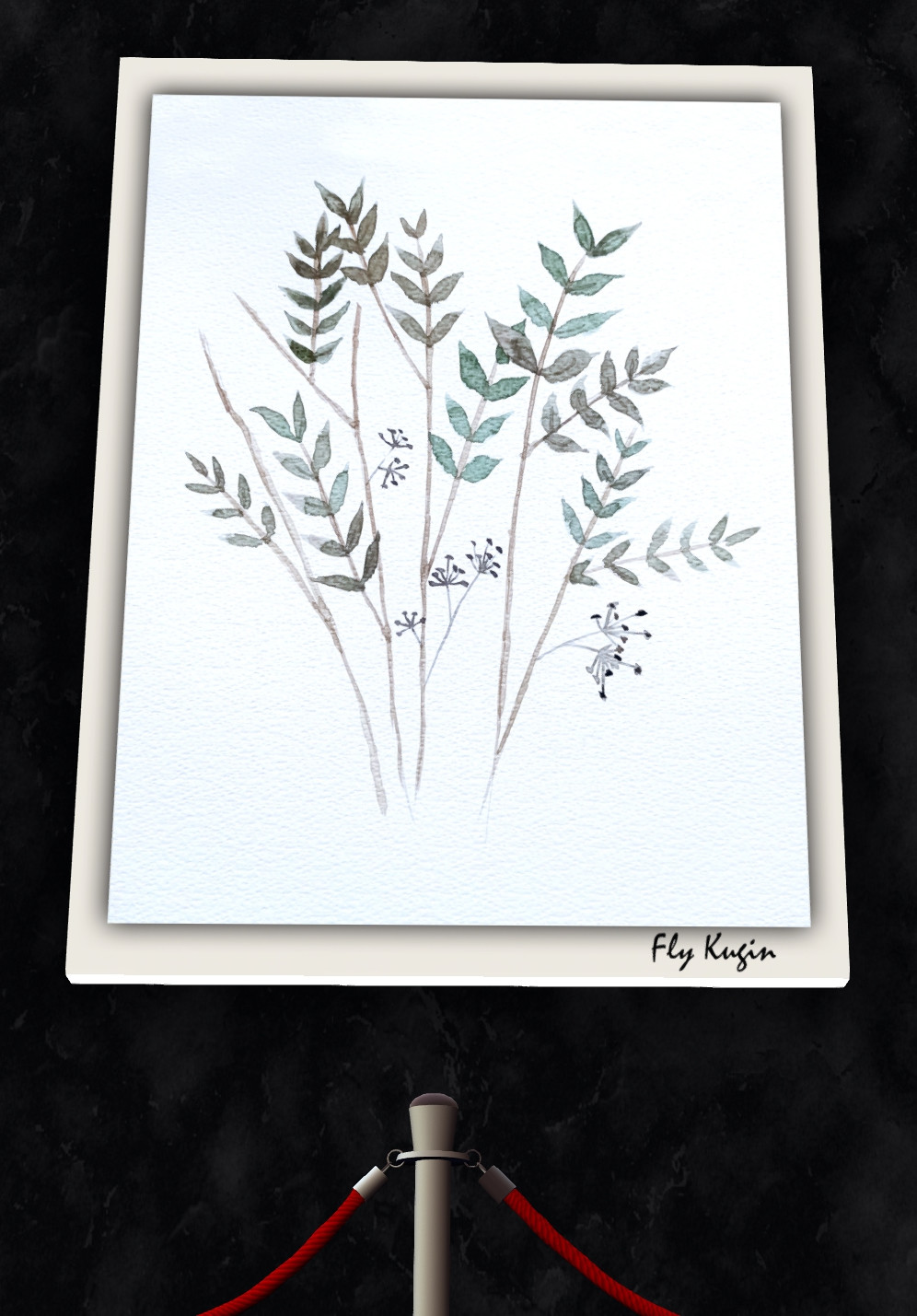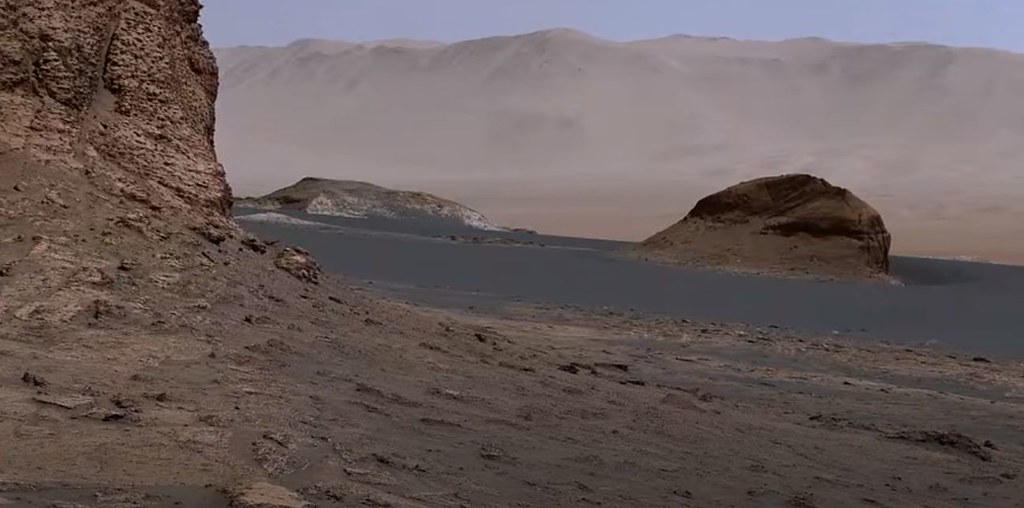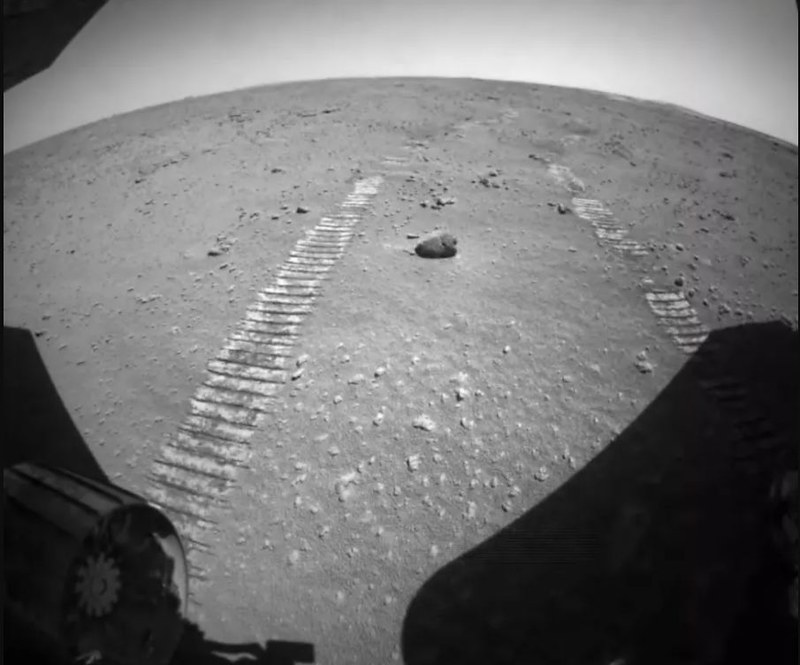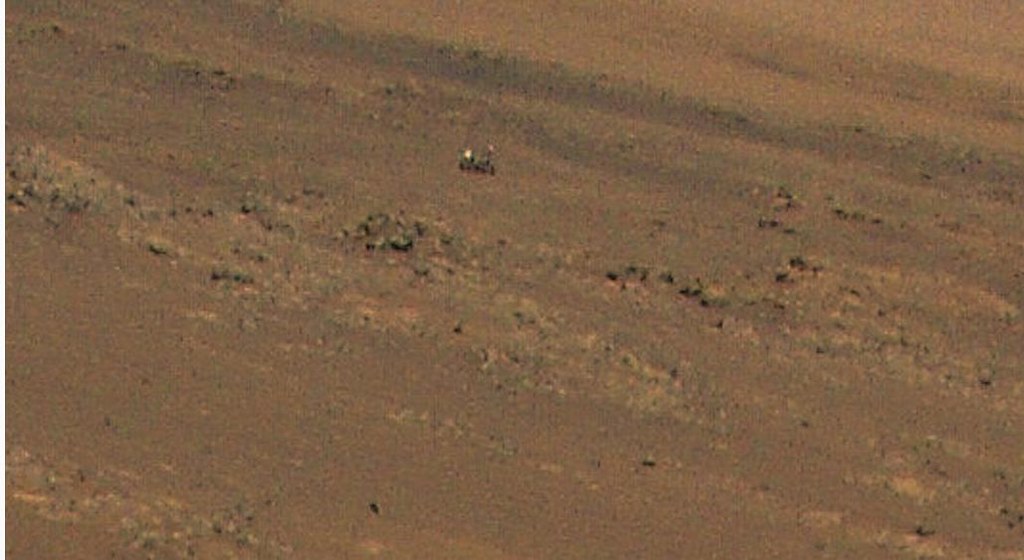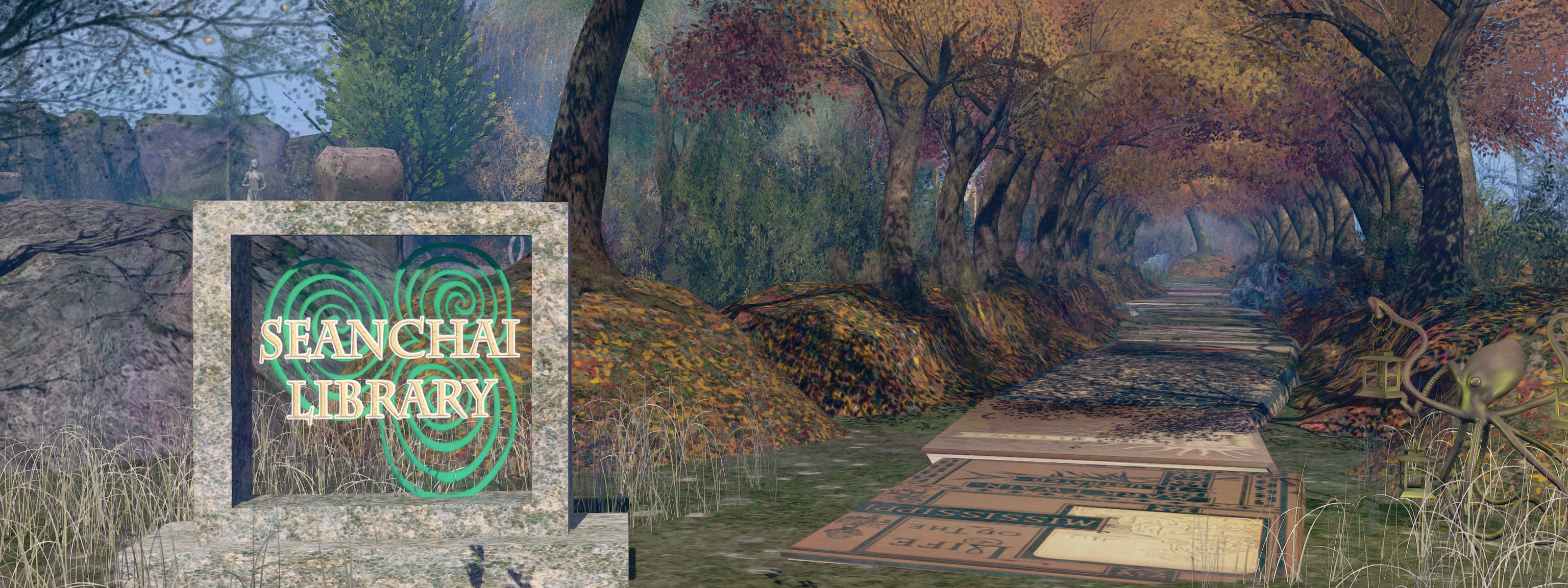
It’s time to highlight another week of storytelling in Voice by the staff and volunteers at the Seanchai Library. As always, all times SLT, and events are held at the Library’s home in Nowhereville, unless otherwise indicated. Note that the schedule below may be subject to change during the week, please refer to the Seanchai Library website for the latest information through the week.
Monday, August 23rd 19:00: Goliath
 The third and final instalment in Scott Westerfeld’s Leviathan series, Goliath takes us once more to the alternative past history of Earth at the time of the First World War, and a world divided between the Darwinists- those who have evolved genetics to make animals more useful to humans – and the Clankers, who have built their society on machinery technology.
The third and final instalment in Scott Westerfeld’s Leviathan series, Goliath takes us once more to the alternative past history of Earth at the time of the First World War, and a world divided between the Darwinists- those who have evolved genetics to make animals more useful to humans – and the Clankers, who have built their society on machinery technology.
Once again we join Alek and Deryn in their adventures, this time with both of them aboard the living airship Leviathan. Unexpectedly, the ship is diverted mid-flight over Russia with orders to pick up a single large create being transported overland by a fighting bear. Once aboard the whale-ship the crew set about constructing the machine as the ship continues on its way.
Passing over Siberia, the Leviathan comes across an area of great mystery: a devastated region where the trees have been flattened to form a great series of rings, the corpse of another whale-ship lying near its centre, the beleaguered survivors needing rescue even as they are protected from out-of-control and starving fighting bears by another strange machine.
Bringing them aboard the Leviathan, the crew discover the survivors have been protected by the work of one Nikola Tesla, a scientist and inventor who may have the weapon that can bring an end to the Great War.
As the adventure continues, Deryn, still disguising herself as a boy in order to be a part of Leviathan’s crew, struggles with her feelings for Alek and whether she should reveal the truth about herself to him…
Tuesday, August 24th 19:00: Going Greek!
 The Greek myths are the greatest stories ever told, passed down through millennia and inspiring writers and artists as varied as Shakespeare, Michelangelo, James Joyce and Walt Disney. They are embedded deeply in the traditions, tales and cultural DNA of the West.
The Greek myths are the greatest stories ever told, passed down through millennia and inspiring writers and artists as varied as Shakespeare, Michelangelo, James Joyce and Walt Disney. They are embedded deeply in the traditions, tales and cultural DNA of the West.
While Stephen Fry is perhaps best known as an actor / performer with a flair for also being a raconteur, he has also made a name for himself as a writer of both fiction and non-fiction. As a lover of Greek mythology, he has penned three volumes on the legends: Mythos: The Greek Myths Retold (2017), Heroes, The myths of the Ancient Greek heroes retold (2018) and Troy Our Greatest Story Retold (2020).
In his hands, these legends – from Athena born from the cracking open of Zeus’s great head to Persephone’s descent into the underworld courtesy of Hades or the 12 trials of Heracles or Perseus’ facing of the Medusa or the fate of Prometheus after he betrays Zeus or the vanity of Cassiopeia and the fate it placed on her daughter, all the way through to THAT war with the horsey thing – Fry turns the stories of the titans and gods and heroes, heroines, kings and queens of the ancient Greek tales into an entertaining account of ribaldry and revelry, warfare and worship, debauchery, love affairs and life lessons, slayings and suicides, triumphs and tragedies.
With Going Greek! Willow Moonfire offers a mix of some of the re-told tales from all three volumes in what is sure to be an entertaining reading.
Wednesday, August 25th, 19:00 Creatures of Light and Darkness
Two gods, two houses, one quest and the eternal war between life and death. To save his kingdom, Anubis, Lord of the Dead, sends forth his servant on a mission of vengeance. At the same time, from The House of Life, Osiris sends forth his son, Horus, on the same mission to destroy utterly & forever The Prince Who Was a Thousand.
But neither of these superhuman warriors is prepared for the strange & harrowing world of mortal life. The Thing That Cries in the Night may well destroy not only their worlds, but all humankind.
With Corwyn Allen.
Thursday, August 26th
19:00: Summer Stories
With Caledonia, in The Glen.
21:00: Seanchai Late Night
Contemporary Sci-Fi-Fantasy with Finn Zeddmore.


